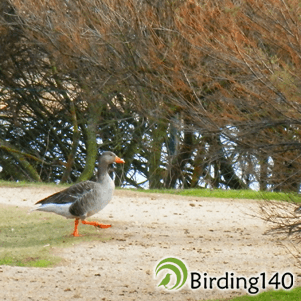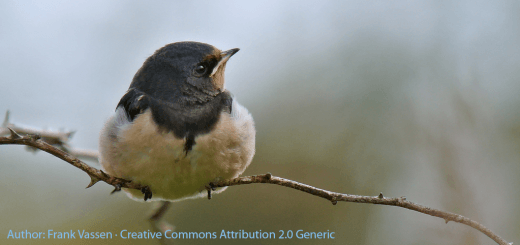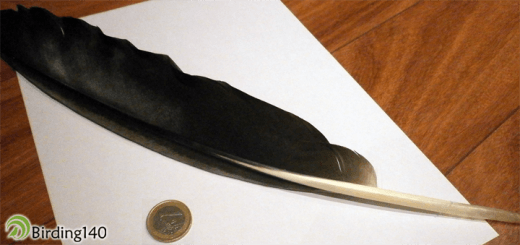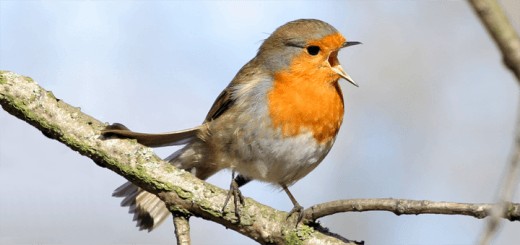 We now know that migrations are regular seasonal journeys made on an annual basis by many species of birds, but it was formerly thought, as Aristotle did, that birds simply disappeared in the autumn because they hibernated. It was not until 1889 when the Danish professor Hans Christian Cornelius Mortensen carried out an experiment which scientifically disproved this theory. It consisted of placing a metal ring with the address, species, age, sex, date and ring number on the foot of each bird he encountered. He soon started to receive letters from other countries and continents telling him that the birds had been found, in many cases dead. Mortensen used all this information to produce a world map detailing these routes and, for the first time, there was reliable evidence that birds migrated. From then on, this experiment became a global phenomenon with many ornithologists who set up ringing centres and ornithological bases in different locations.
We now know that migrations are regular seasonal journeys made on an annual basis by many species of birds, but it was formerly thought, as Aristotle did, that birds simply disappeared in the autumn because they hibernated. It was not until 1889 when the Danish professor Hans Christian Cornelius Mortensen carried out an experiment which scientifically disproved this theory. It consisted of placing a metal ring with the address, species, age, sex, date and ring number on the foot of each bird he encountered. He soon started to receive letters from other countries and continents telling him that the birds had been found, in many cases dead. Mortensen used all this information to produce a world map detailing these routes and, for the first time, there was reliable evidence that birds migrated. From then on, this experiment became a global phenomenon with many ornithologists who set up ringing centres and ornithological bases in different locations.
Birds migrate due to an instinctive process, acquired through a long process of natural selection, passed on hereditarily which acts on the metabolism of fats and the moulting process. This causes them to eat a vast quantity of food in a short space of time. Due to the fact that their food becomes extremely scarce in the winter season as a result of the fall in temperatures and snow, they have to seek food in warmer regions. The increase in fats also helps them during the migration process to survive on the journey.
But what would be the result of trying to change birds’ migratory routes? On the one hand, the main objective is to make them change to another safer route, thereby protecting birds from indiscriminate hunting and capture on their migratory path by hunters, and on the other, to reintroduce extinct species in their native regions.
Some birds learn migratory routes by genetic heredity, others learn them from their parents and others through a combination of both. Many endangered birds are bred in captivity without any parents to teach them their migratory routes, meaning that when they are released they do not migrate. This requires them to compete with other species when winter comes, which results in a serious danger for them as their food supply falls into shortage.
Thanks to the instinct known as impression, birds have the ability to trust the first being they see when they are born. By taking advantage of this natural instinct, birds can be educated to see a microlight aircraft as just another bird, letting them fly alongside. When they reach adult age, they are led on a new migration route.
For example, one of the objectives of French ornithologist Christian Moullec is the reintroduction of the Lesser White-fronted Goose in Sweden. In 1999 he travelled 2,800 kilometres from Sweden to Germany with thirty Lesser White-fronted Goose. The birds managed to memorize the route and from then on repeated it each year. Moullec has created the company Voler avec les oiseaux which offers trips on microlight aircraft or hot air balloon accompanying birds.
Another initiative worth highlighting is the not-for-profit organisation Operation Migration, the objective of which is the reintroduction of white cranes, which is an endangered species in North America.
Initiatives such as these demonstrate that it is possible to educate birds to learn new migration routes and in some cases save them from extinction.
If you have enjoyed this post please share it on your social networks.











